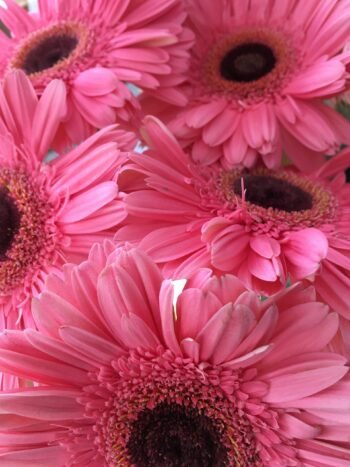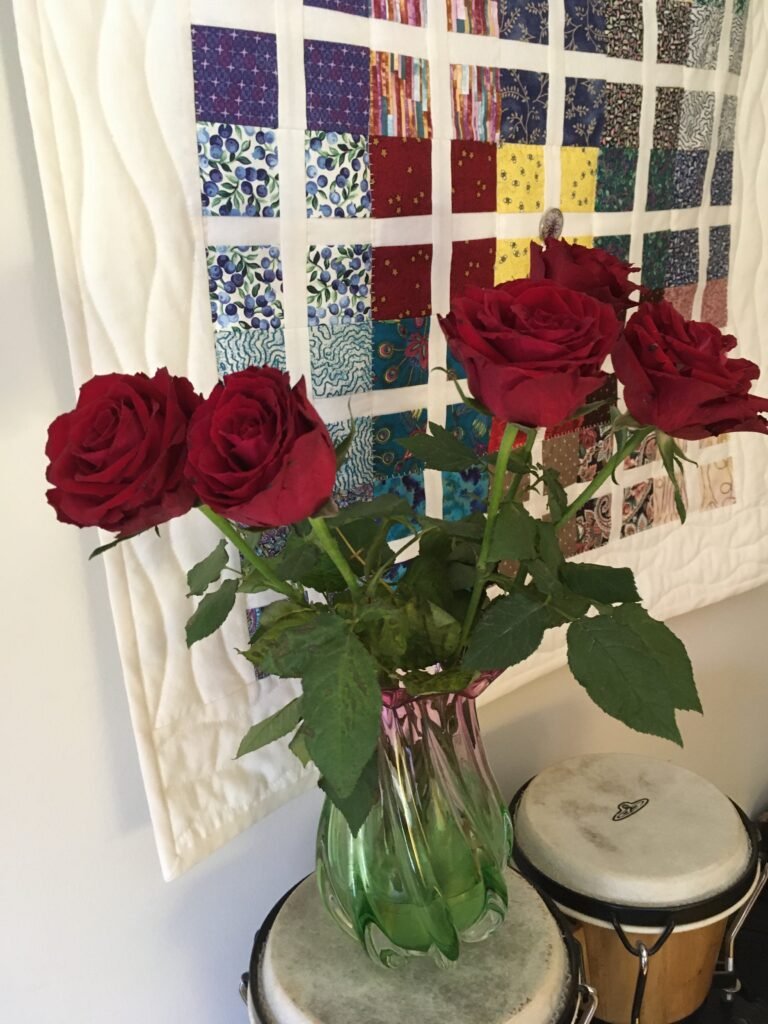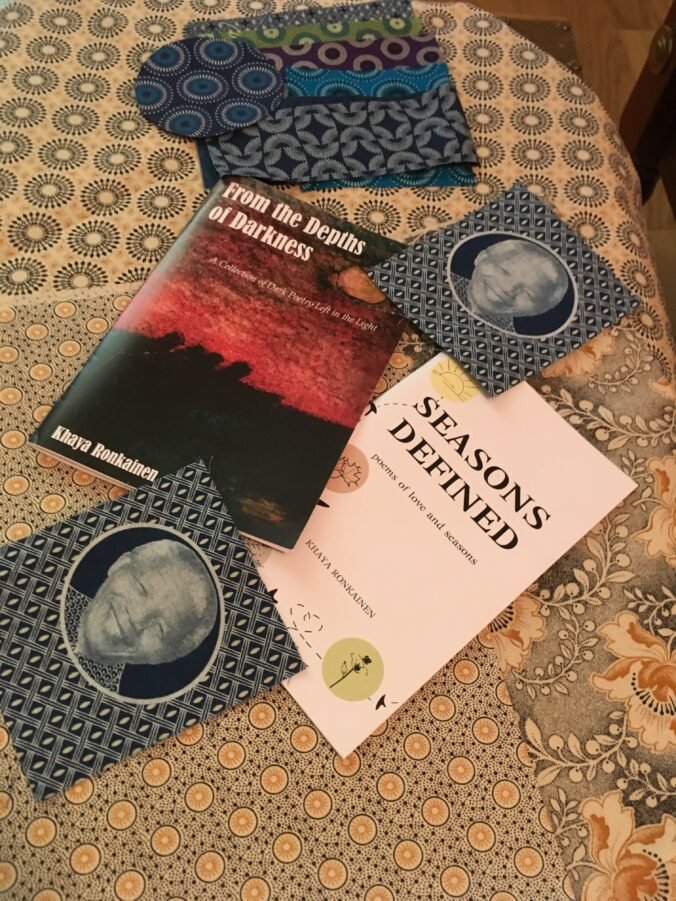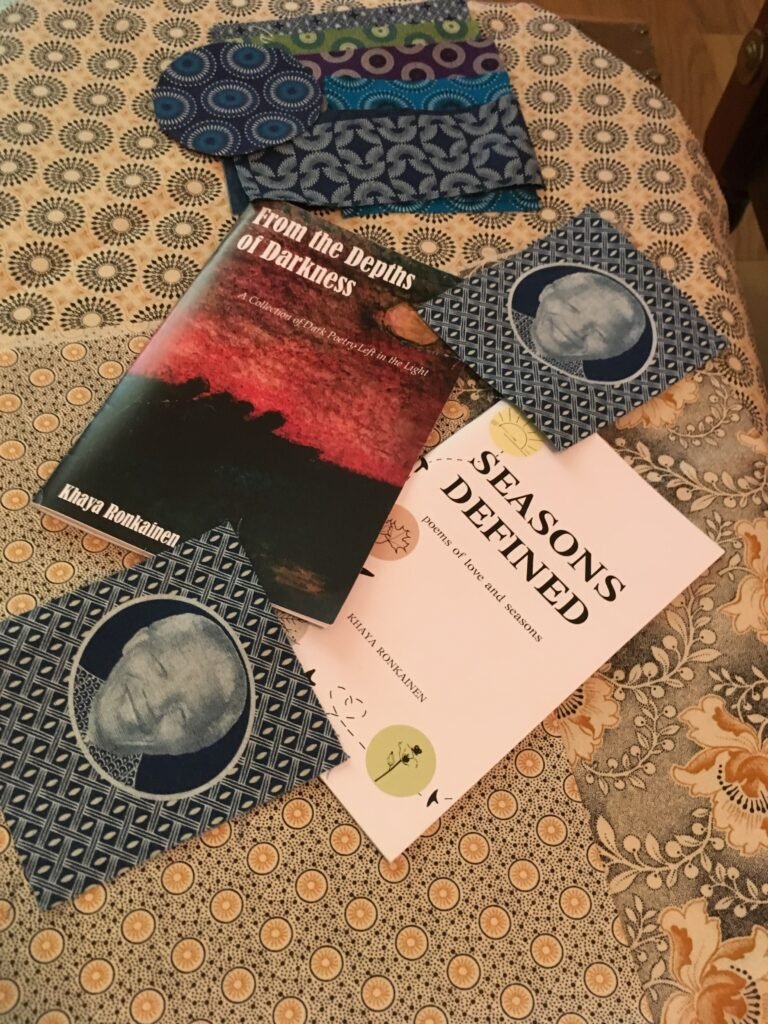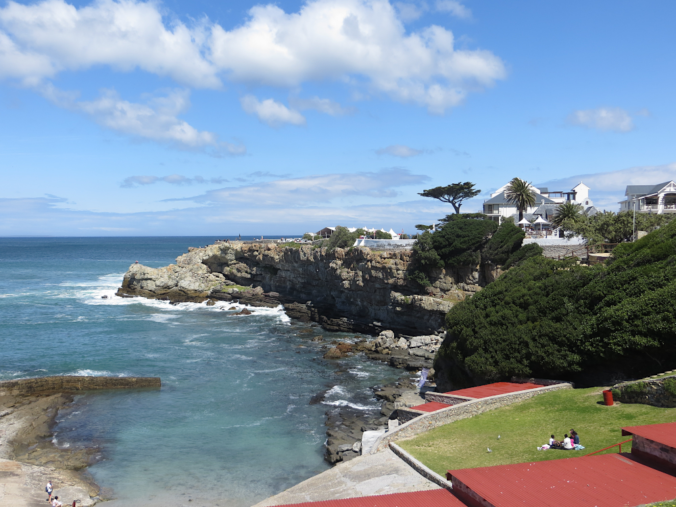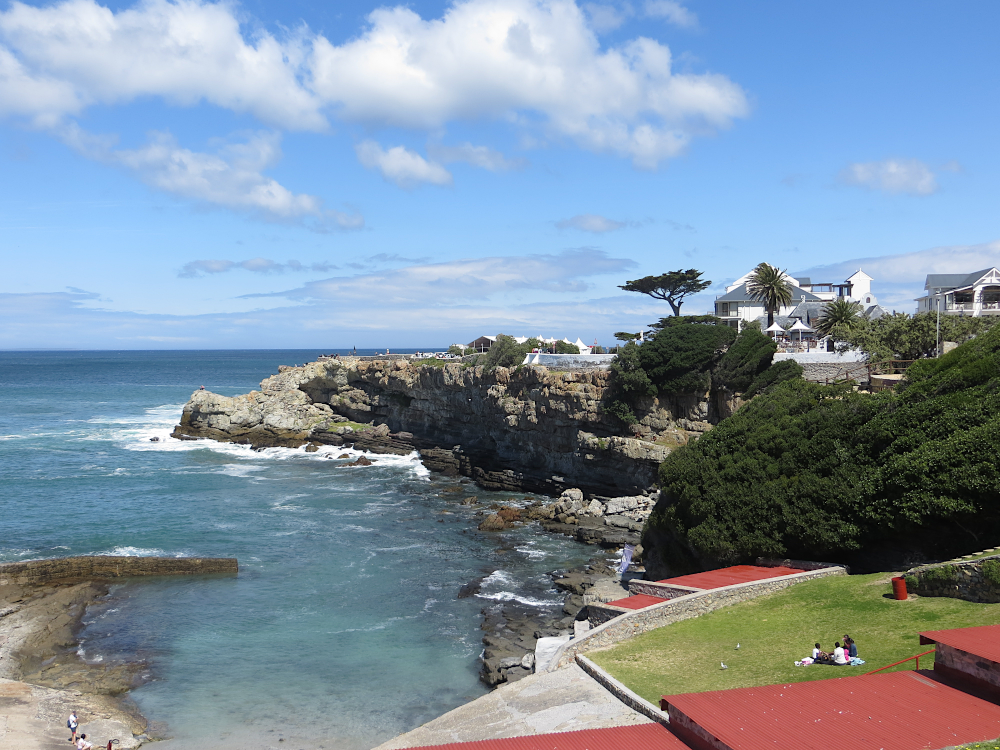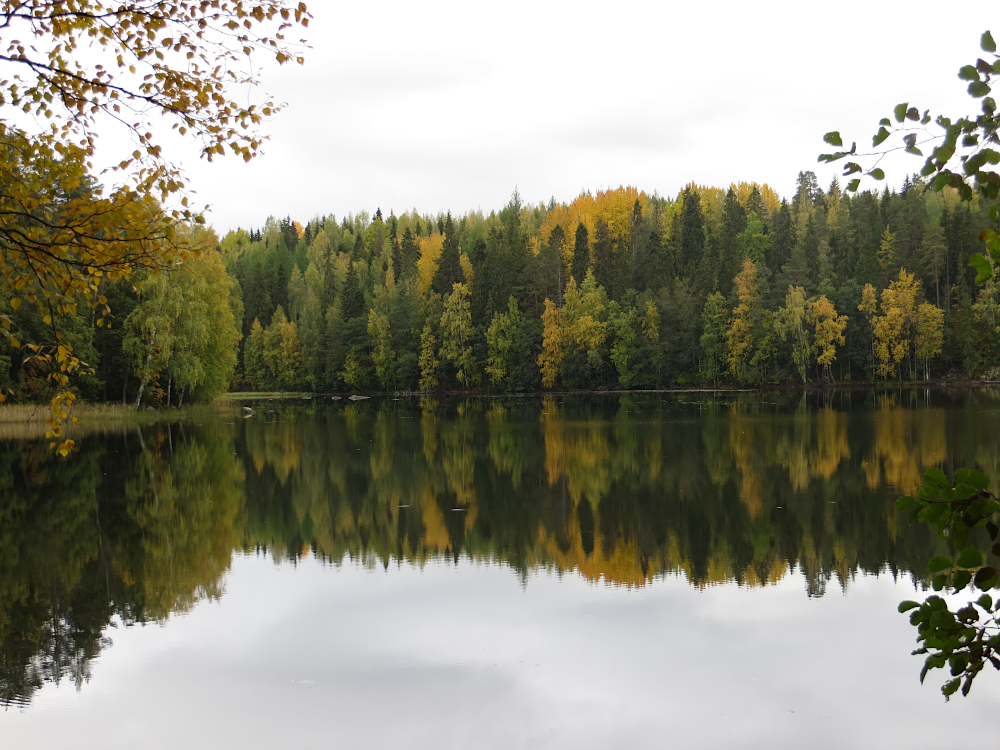please note: scroll/read to the end to discover who won the giveaway.
Robert Redford – August 18, 1936 – September 16, 2025
movie star, director, producer and film champion, heartthrob, environmentalist, philanthropist, family man, political activist, person of consequence and (he)artistic everyman
Movie star, director, producer and film champion
Most are acquainted with these aspects of Robert Redford’s legacy. I’ve seen most of his commercial movies close to their release dates on the big screen and enjoyed 90% of them. I’ve seen a few Sundance films and love the vibe of the whole festival. Here I’ll just highlight a few of my fav commercial movies from the RollingStone article, Robert Redford: 20 Essential Movies. note: hover over the arrow and click for more
Butch Cassidy and the Sundance Kid
released in 1969 – I saw this on the big screen at the Boulder Theater in 1970. Let the adventures & heartthrobs, begin!
Downhill Racer
released in 1969 – I saw this for free at the Chautauqua Theater summer film series in 1970 as a concessions worker! Of course, this attracted a large local following due to its relatable Colorado skiing vibe.
Jeremiah Johnson
released in 1972 – I love this movie because Dad loved this movie. One of Dad’s favorite Mountain Man Adventures that we saw together as a family on the big screen at the Boulder Theater.
All the President’s Men
released in 1976 – Based on the non-fiction book by Bernstein & Woodward, the two journalists investigating the Watergate Scandal for the Washington Post during the Nixon presidency. Of note: in 2010, this film was selected for preservation in the US National Film Registry by the Library of Congress as being “culturally, historically, or aesthetically significant.” Let’s hope it stays there.
The Horse Whisperer
released in 1998 – The scenery, subject matter and silence were seminal. In fact, the silence in the movie house ( a large commercial movie theater) was as silent as the movie itself – novel concept these days, eh? I saw this on Date Night with hubby, leaving our 3 kids with a babysitter for the evening.
The Old Man and the Gun
released in 2018 – On my list of films to watch!
Heartthrob
Let me tell you, I didn’t usually go for the blonde & blue. Growing up, I much preferred Dino (blueblack/blackbrown, plus he felt like family) to Frankie (light brown/blue).
Even back in my preteen days of watching The Man From U.N.C.L.E on TV I chose Napoleon Solo over Ilya Kuryakin…even if Ilya was more youthful.
Of even greater significance is that my longstanding Beatle of choice has always been a toss up between George & John. Well, truth be told, I loved all four of them!
During my later college years, Billy Dee Williams as Brian Walker in Mahogany, and as Lando Calrissian in Star Wars was it for me. But in between all of that, when Newman & Redford hit the big screen with Butch Cassidy and the Sundance Kid, I knew Redford was the ‘best’.*
Of course, looks aren’t everything…
So when my middle daughter called to say she saw that RR had passed away, she noted at the end, “I’m sorry, Ma. I know he was your heartthrob”. Geez, was it that obvious?!
Environmentalist, philanthropist, family man, political activist
I can’t speak to the family man aspect of his life, but in reading various articles it becomes clear how much family life informed his career and life focus. That said, below is a good example of thoughtful consideration of current issues with his trademark pointed yet mellow activist attitude.
“Journalism is what keeps politics straight. Is politics telling the truth or not, you know, and very often politics doesn’t tell the truth. It just tells a story that’s being told by one side or the other. But it’s journalism that gets to the bottom line and says, wait a minute, we’re hearing this, we’re hearing that, but what’s the truth? You know I think we’re into that now.”
Robert Redford, circa 2017
Person of consequence and (he)artistic everyman
Okay, here’s where there’s a bit of a stretch of these attributes as applied to my personal story…
Once upon a time, during my freshman year at CU Boulder, I learned the Legend of Robert Redford - a former student who got wrapped up in the party scene and got himself expelled from the University. Of course, the fact that he went on to 'find himself' backpacking through Europe and emerged a creatively contributing member of society only served to reinforce the pull to do the 'drop out' thing for countless others of my generation. Of which I thankfully didn't succumb. Though I still yearn for my personal Camino Adventure!
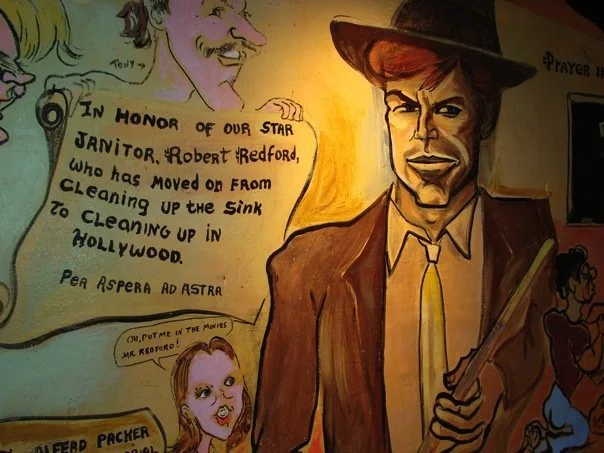
Somewhere along the line I ventured deep into the nooks and crannies of "The Sink" on the Hill intent on searching out his autograph/comment on its graffiti laden walls. Meh. Not much to look at, but I can say I saw it in its original form. Nay, I can say I touched the space he wrote upon! 😍
As a rite of passage, I even took my middle daughter to view the graffiti wall her senior year in High School.
The Legend lives on.

PS: The Sundance Institute is coming home to Boulder in 2027.
RIP Robert Redford.
*at the time, the question was routinely posed: who’s the most handsome/best actor – Newman or Redford?
As promised, the winner of the “When Things Go Missing” giveaway is hereby officially announced: Tierney! Congrats – your book is in the snail mail. Thanks to everyone who showed such enthusiastic interest in Deborah’s debut novel.

